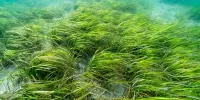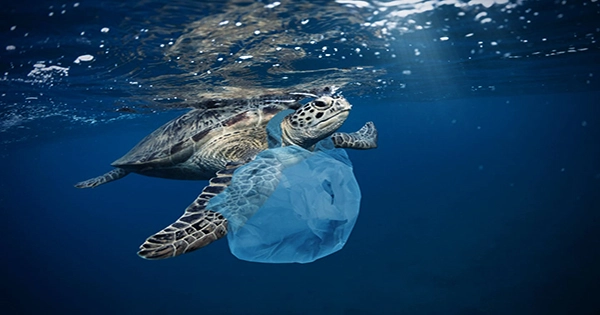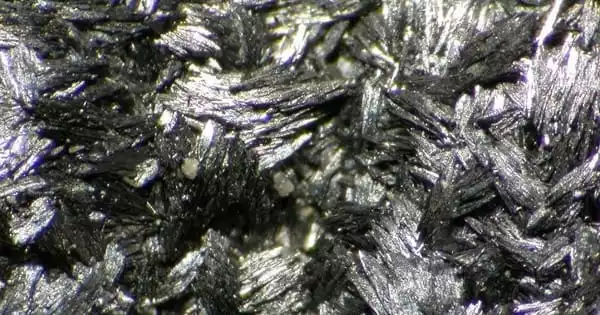If your dreams aren’t already overflowing with terrible real-life monsters, here’s another: a vicious and poisonous worm with four deadly fangs made of copper. The metallic teeth of bloodworms are employed for biting prey and battling rivals, but it took 20 years of research to discover the biochemistry that allows this. Metal teeth have a lot to offer, at least if you’re the biter and not the bitee. Indeed, the jaws of bloodworms (members of the genus Glycera), which are made up of 10% copper crystals, are so tough that a single pair lasts them their whole five-year lifespan without needing to be replaced.
They can pierce an exoskeleton and inject poison into their victim, rendering them unconscious. Their copper teeth might potentially work as a catalyst, speeding up the action of the bloodworm’s poison. Despite this, few animals have been able to harness the power of solid metal, due to the difficulty in getting enough and the difficulties in integrating the metal into the jaw. Bloodworms have long been known to absorb enough copper from the intertidal sediments in which they reside to solve the first challenge, and now a new article published in Matter reveals how they deal with the second.
Professor Herbert Waite of the University of California, Santa Barbara, and co-authors discovered that MTP (multi-tasking protein) plays six distinct and critical functions in the formation of those terrifying jaws. “We never anticipated a protein with such a simple makeup, namely glycine and histidine, to conduct so many tasks and unrelated actions,” Waite said. The MTP aids the worm in attracting Cu2+ ions, causes the resulting mixture to separate like oil and water, catalyzes the creation of the pigment melanin and aids in its polymerization, and integrates both the pigment and itself into films and fibers. Finally, it uses copper to generate bridges between molecules.
MTP is the third known way for animals to make hydrogels, after those used by vertebrates (including humans) to make cartilage and those used by squid and octopuses to make their beaks. The hitherto unknown chemistry might lead to the development of new industrial materials. The name “bloodworm” comes from the fact that their skin is so transparent that their hemoglobin-rich bodily fluids can be seen underneath it. They may reach a height of 35 cm (1.2 feet).
Waite’s group has been researching them for the past two decades, and he obviously admires their biological foresight. He doesn’t seem to like their characteristics, saying, “These are quite nasty worms in that they are ill-tempered and readily irritated.” When they come into contact with another worm, they frequently battle with their copper jaws.”
















